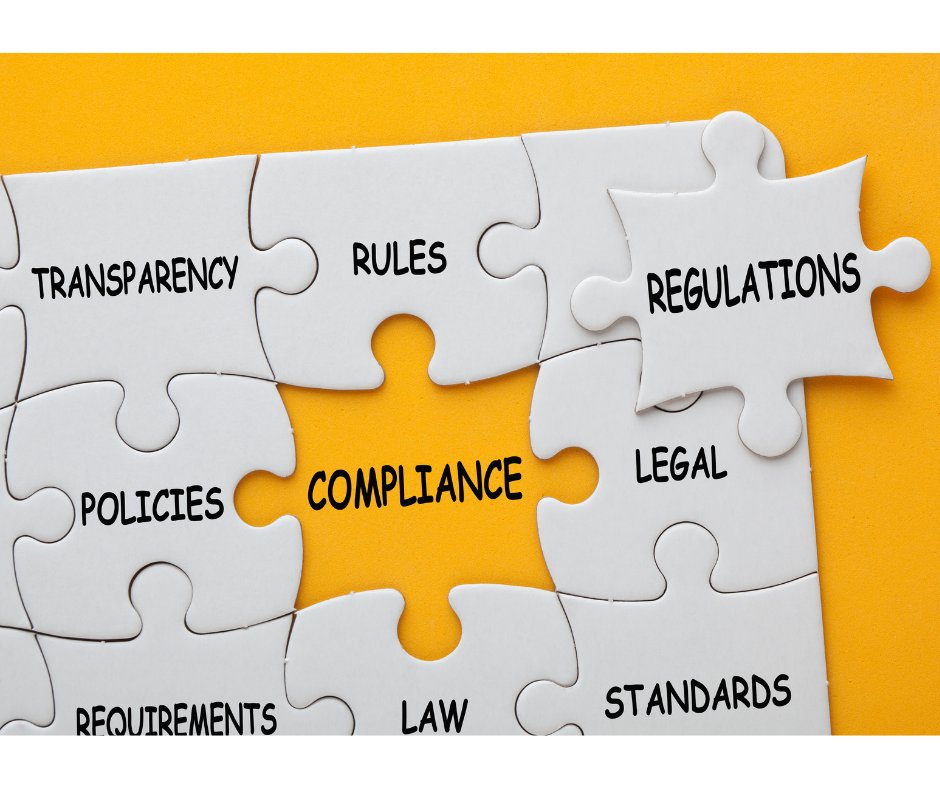Compliance with the Fair Labor Standards Act: What HR Can Do

A recent SHRM article, “DOL Overtime Claims Are on the Rise,” states that, “The Department of Labor is recovering an increasing amount of damages in overtime claims as it goes after employers that are misclassifying workers or miscalculating overtime.” The article goes on to recommend that employers should engage a law firm to oversee or conduct a comprehensive wage and hour audit to cover classification and time and attendance practices and policies.
I do seem to be hearing more and more about DOL investigations. There was a news article just last week about a company in the Ozarks that is required to pay back overtime to over two hundred employees. The company was having employees clock out for 15-minute breaks. According to the Fair Labor Standards Act, workers should not be required to clock out for breaks between 5 and 20 minutes.
Although involving legal counsel is the best way to ensure your company is following all wage and hour laws, HR can also play an important role in researching, communicating, and enforcing compliance with the Fair Labor Standards Act. Here are five steps to navigate this process and additional SHRM resources to help along the way.
- Do your research.
The Wage and Hour Division of the DOL offers Fair Labor Standards Act compliance assistance resources, including reference guides, presentations, FAQ’s, and fact sheets, that are easily accessible on their website. I have found the fact sheets to be especially helpful for easy to read, concise information. Don’t forget to research your state laws as well.
- Educate your leadership.
Once you have a clear understanding of the FLSA, educate your leadership. Have the DOL resources available to share and backup your findings, especially if there are changes that need to be made to comply. Be ready for questions and have a plan to address next steps. Ultimately, you are helping to protect the company from liability and ensuring your employees are being treated fairly.
- Develop or revise policies.
Your employee handbook should outline the specifics of hours of work, meal and rest periods, and overtime. Review your current policies and make updates as needed. You may ask that a lawyer assist with these updates or review the updates you have made to ensure they are worded correctly and include the necessary information.
- Train your employees.
Train your leadership, management, and employees on your policies related to the FLSA. Include signoffs to your policies so you have a written record of understanding from each employee. Emphasize the importance of following the policies and include how individuals can voice complaints or concerns. If you have an anti-retaliation policy in place (which you should), train on that policy as well.
- Enforce your policies.
Be ready to enforce what you have put into place. Investigate any concerns and complaints and take them seriously. Your policies don’t mean much if the organization is not willing to follow them!
SHRM Resources
How-To Guide: How to Develop an Employee Handbook
Presentations: Fair Labor Standards Act Training (3 separate sessions)





